Is Chicory Edible: Learn About Cooking With Chicory Herbs
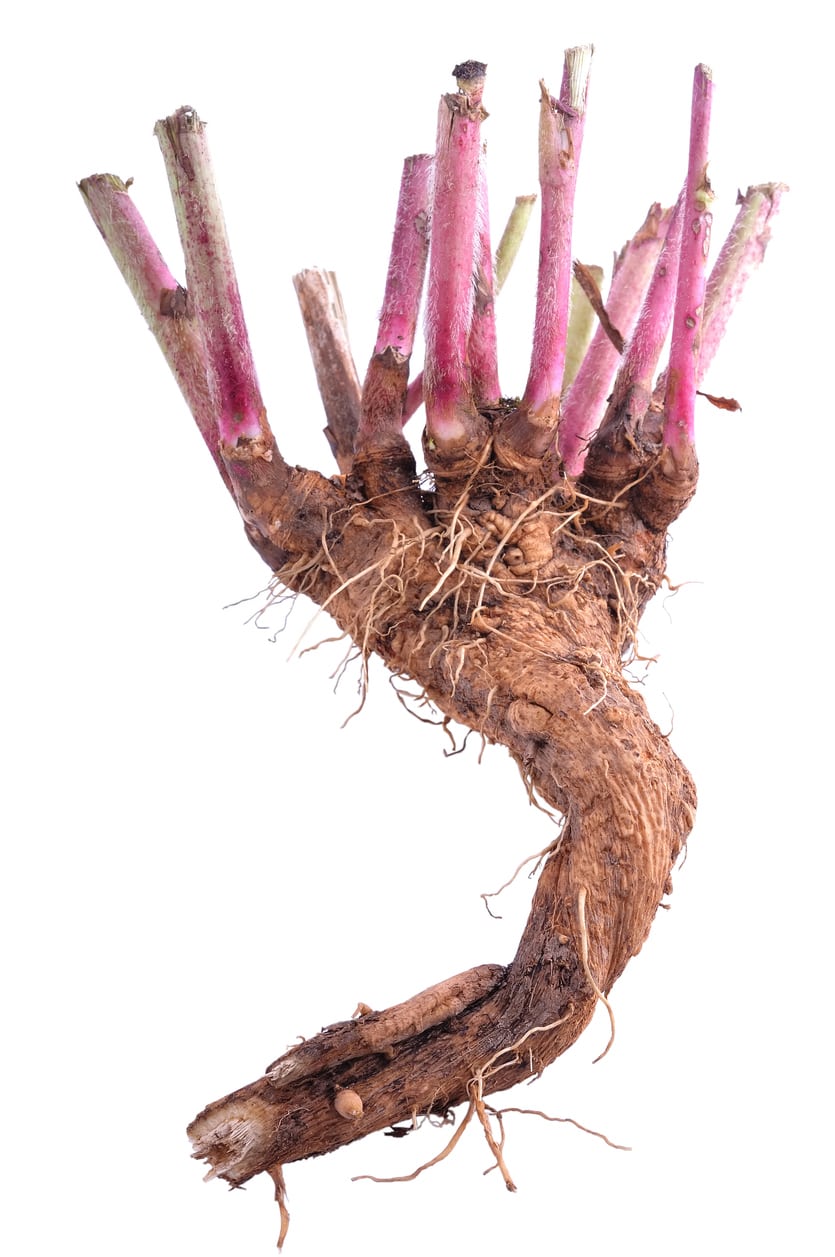
Have you ever heard of chicory? If so, did you wonder if you can eat chicory? Chicory is a common roadside weed that can be found throughout North America but there’s more to the story than that. Chicory is, indeed, edible and cooking with chicory dates back hundreds of years. Now that you know that eating chicory plants is okay, and readily available, the question is how to use chicory.
Can You Eat Chicory Root?
Now that we have ascertained that chicory is edible, exactly which parts of the plant are edible? Chicory is an herbaceous plant in the dandelion family. It has bright blue, and sometimes white or pink, blossoms. When eating chicory plants the leaves, buds, and roots can all be consumed. Any trip to New Orleans should include a stop at the famous Café Du Monde for a delicious cup of café au lait with chicory and, of course, a side of hot beignets. The chicory part of the coffee comes from the roots of the chicory plant that are roasted and then ground up. While chicory is a component of New Orleans style coffee, it can and has in times of hardship been used entirely as a substitute for coffee. In fact, during the Civil War, the Union navy cut off the port of New Orleans, one of the largest coffee importers at the time, thus making chicory coffee a necessity. Besides the edible root, chicory has other culinary uses as well.
How to Use Chicory Plants
Chicory has many guises, some more common than you might think. You may be more familiar with chicory’s cousins Belgian endive, curly endive (or frisee), or radicchio (which is also called red chicory or red endive). Of these, the leaves are consumed either raw or cooked and have a slightly bitter flavor. Wild chicory is a rather scraggly looking plant, originally from Europe that can be found along roadsides or in open weedy fields. When cooking with chicory, harvest in the spring or fall since summer’s heat makes them taste bitter, albeit still edible. Also, when eating wild chicory plants, avoid harvesting along the road or ditches nearby where diesel and other toxic runoff accumulates. Young chicory leaves can be added into salads. The flower buds can be pickled and the open blooms added to salads. The root can be roasted and ground into chicory coffee and the mature leaves can be used as a cooked green veggie. Chicory roots can also be grown inside in the dark where they form pale young shoots and leaves that can be eaten as fresh “greens” throughout the winter.
Gardening tips, videos, info and more delivered right to your inbox!
Sign up for the Gardening Know How newsletter today and receive a free copy of our e-book "How to Grow Delicious Tomatoes".

Amy Grant has been gardening for 30 years and writing for 15. A professional chef and caterer, Amy's area of expertise is culinary gardening.
-
 Looking For Plants To Give You The Soft And Fuzzies? Try These 5 Fuzzy Leaf Plant Options
Looking For Plants To Give You The Soft And Fuzzies? Try These 5 Fuzzy Leaf Plant OptionsLovers of texture, drama, silver foliage and tactile plants will adore these special sensory garden additions. These fuzzy leaf plant options will leave you all aglow
By Susan Albert
-
 Get Ready For A Summer Of Hummers! Grow These Full Sun Hummingbird Plants and Flowers
Get Ready For A Summer Of Hummers! Grow These Full Sun Hummingbird Plants and FlowersIf you’re lucky enough to enjoy a sunny backyard, make sure you are maxing out on your pollinator opportunities and grow these full sun hummingbird plants and flowers
By Tonya Barnett
-
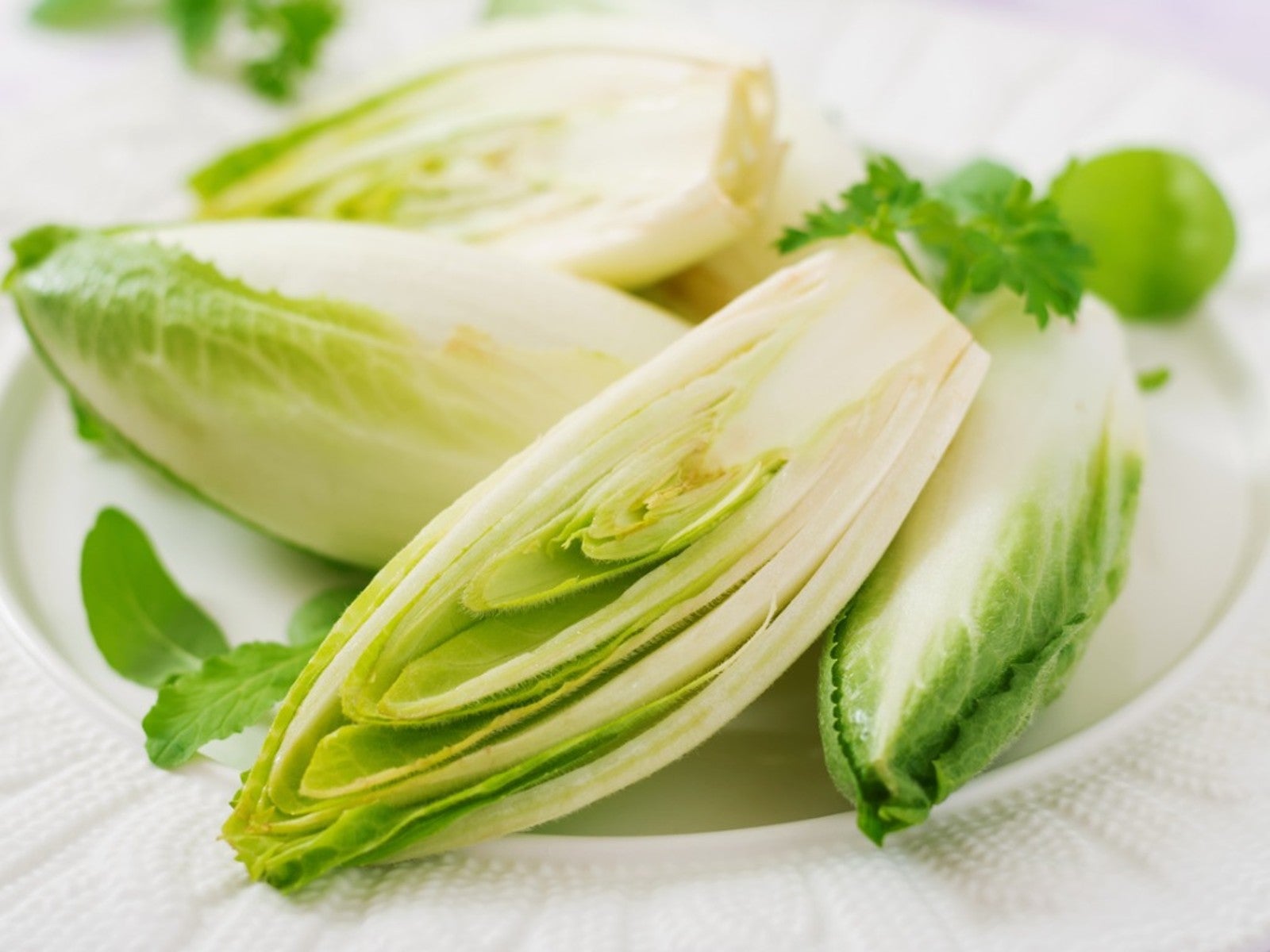 Different Types Of Chicory: What Are Chicory, Endive, And Escarole
Different Types Of Chicory: What Are Chicory, Endive, And EscaroleEndive or Chicory? If you’ve ever found yourself wondering which you should use in a recipe, you’ve come to the right place.
By Laura Miller
-
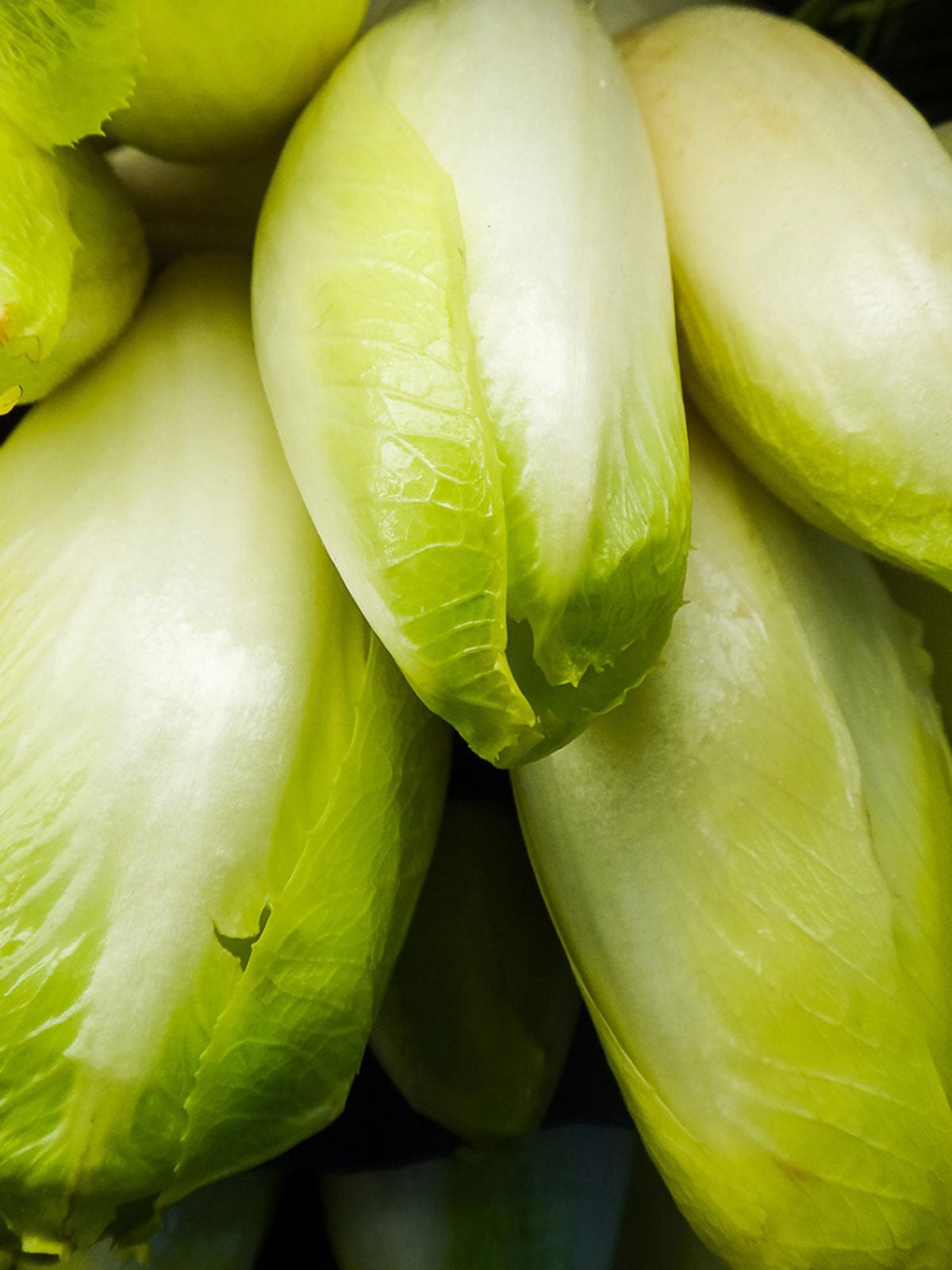 Belgian Endive Info – Tips For Growing Witloof Chicory Plants
Belgian Endive Info – Tips For Growing Witloof Chicory PlantsWitloof chicory is a weedy-looking plant. That's not surprising, as it's related to the dandelion and has frilly, pointed dandelion-like leaves. What is surprising is that witloof chicory plants have a double life. Click here to learn more about this amazing plant.
By Laura Miller
-
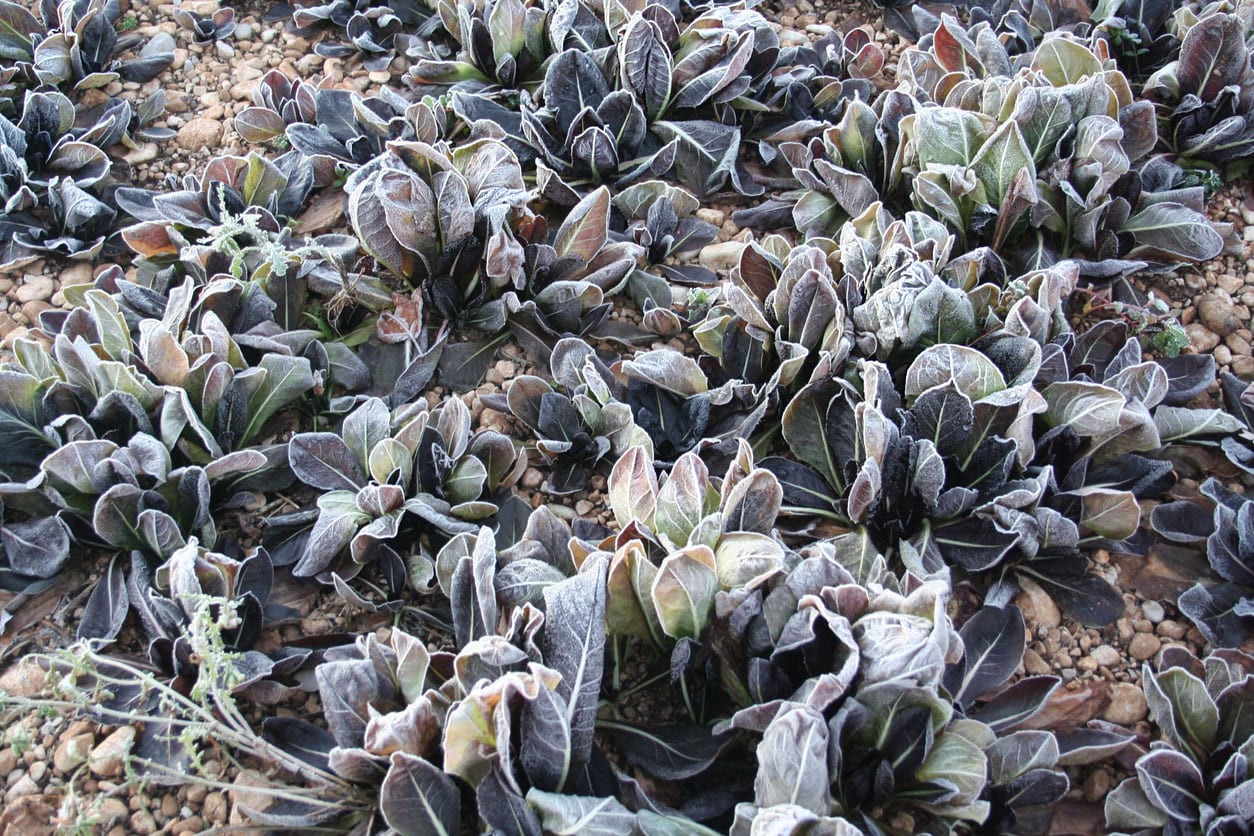 Chicory Winter Care: Learn About Chicory Cold Tolerance
Chicory Winter Care: Learn About Chicory Cold ToleranceChicory in winter generally dies back and will spring anew in spring. This occasional coffee substitute is easy to grow and a fairly reliable perennial in most zones. Learn more about chicory cold tolerance and what you can do to help protect the plants here.
By Bonnie L. Grant
-
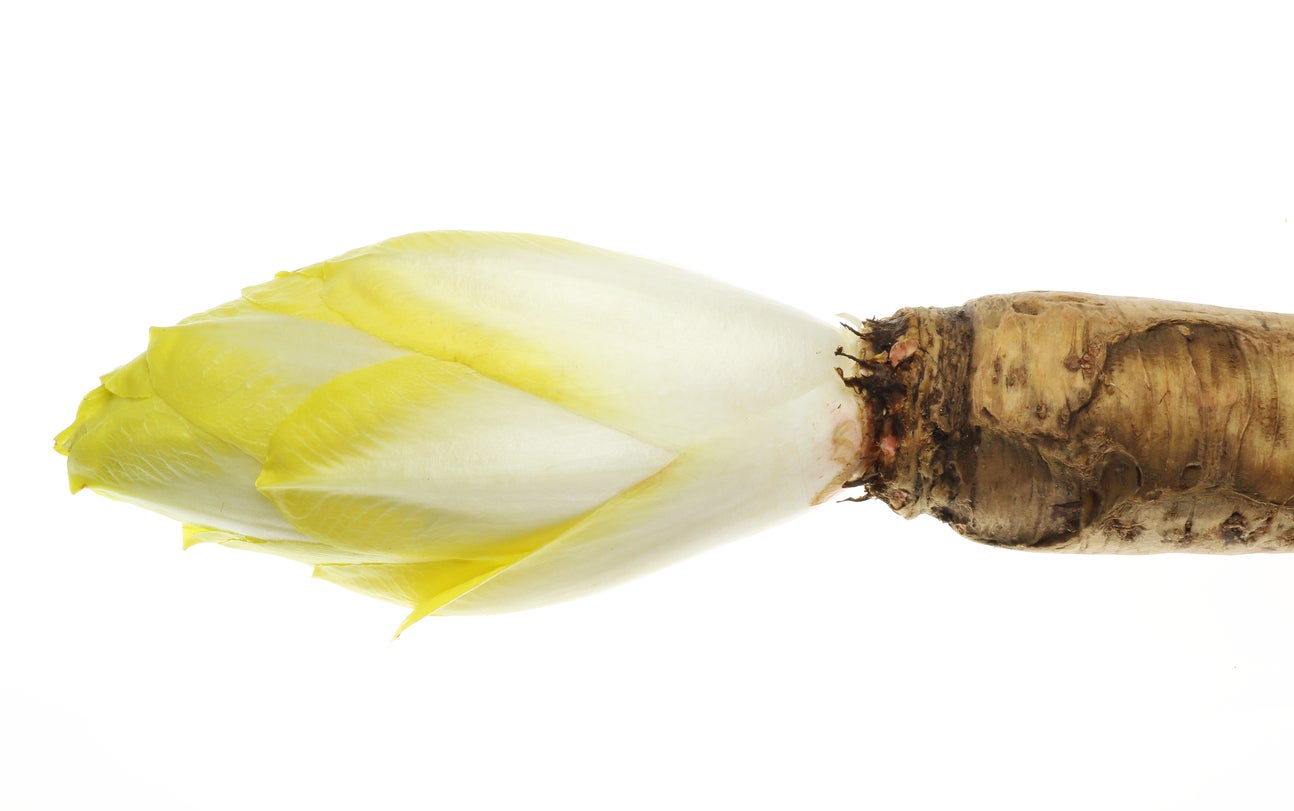 Forcing Chicory Plants – Learn About Chicory Root Forcing
Forcing Chicory Plants – Learn About Chicory Root ForcingHave you ever heard of forcing chicory plants? Chicory root forcing is a common procedure that transforms the roots into something marvelous. If you are growing chicory, and are wondering “should I force chicory,” the resounding answer is yes! Learn more here.
By Amy Grant
-
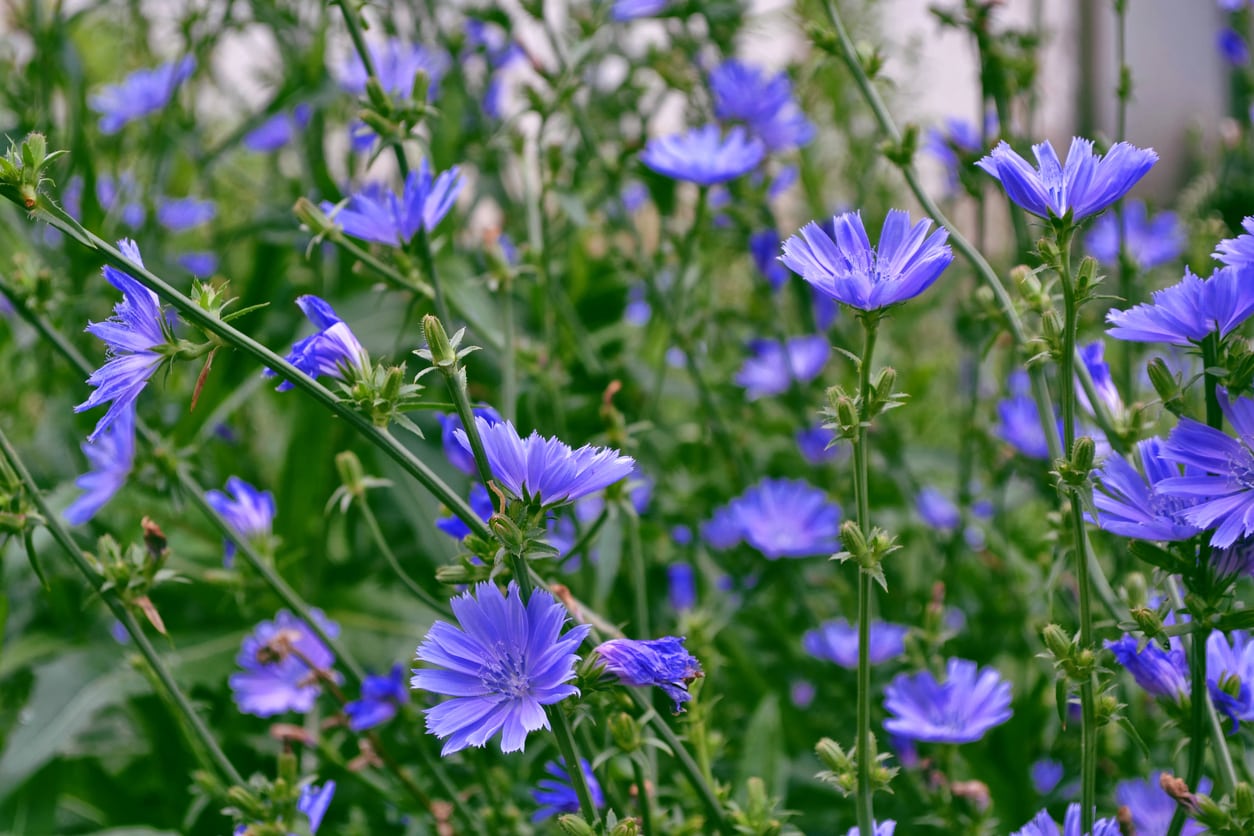 Is Chicory An Annual Or Perennial: Learn About Chicory Lifespan In Gardens
Is Chicory An Annual Or Perennial: Learn About Chicory Lifespan In GardensPlant lifespan is often a subject of debate. For instance, many annuals in the north are actually perennials or biennials in the south. So, is chicory an annual or perennial? Click this article to see which… or if there is a third, unexpected choice.
By Bonnie L. Grant
-
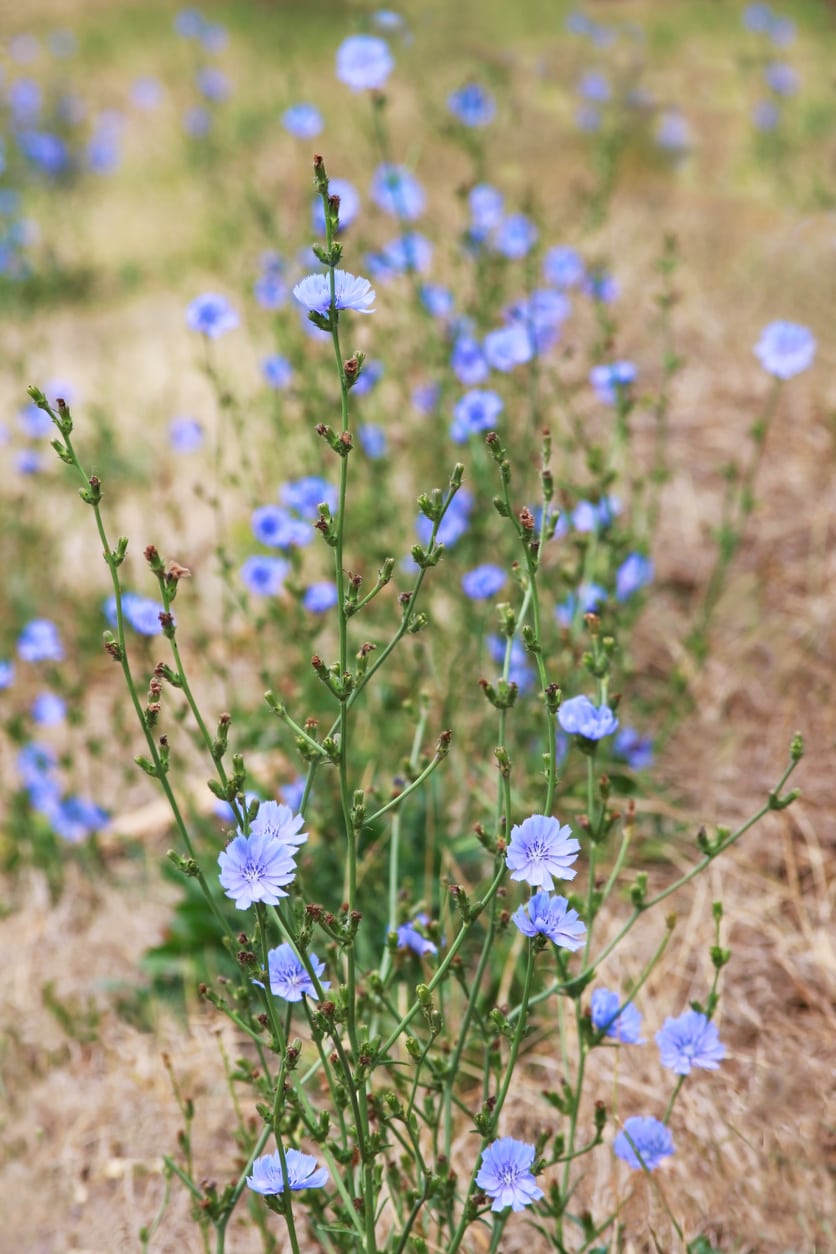 Treating Sick Chicory Plants: Learn About Common Chicory Diseases
Treating Sick Chicory Plants: Learn About Common Chicory DiseasesIf you are growing chicory in your garden, it is disappointing to see sick chicory plants. If this happens to you, you probably want some answers on “what’s wrong with my chicory.” Click this article for a discussion of chicory plant problems.
By Teo Spengler
-
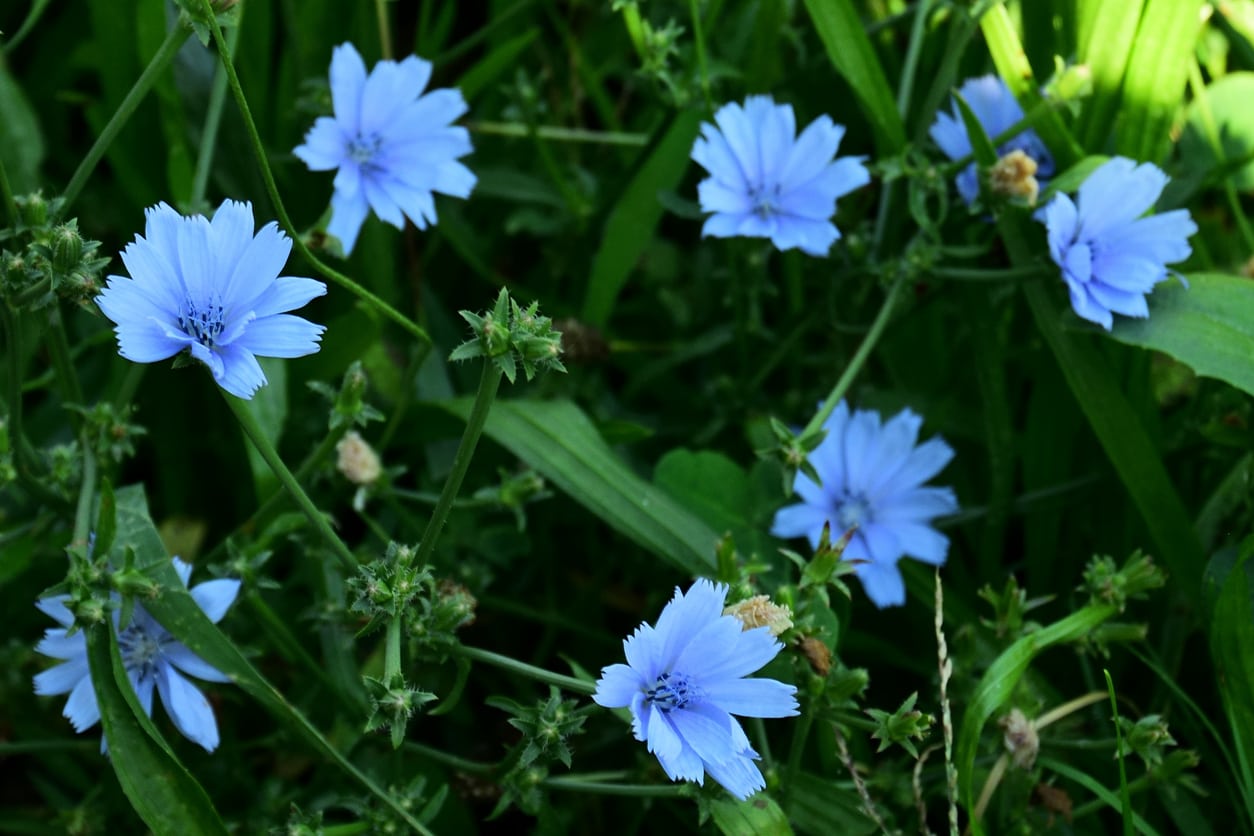 Potted Chicory Care – Can You Grow Chicory In A Container
Potted Chicory Care – Can You Grow Chicory In A ContainerGenerations of herbalists have used this chicory herb as a treatment for maladies ranging from upset stomach and jaundice to fever and gallstones. Growing potted chicory plants is a great way to enjoy them up close and in small spaces. Click here to learn more.
By Mary H. Dyer
-
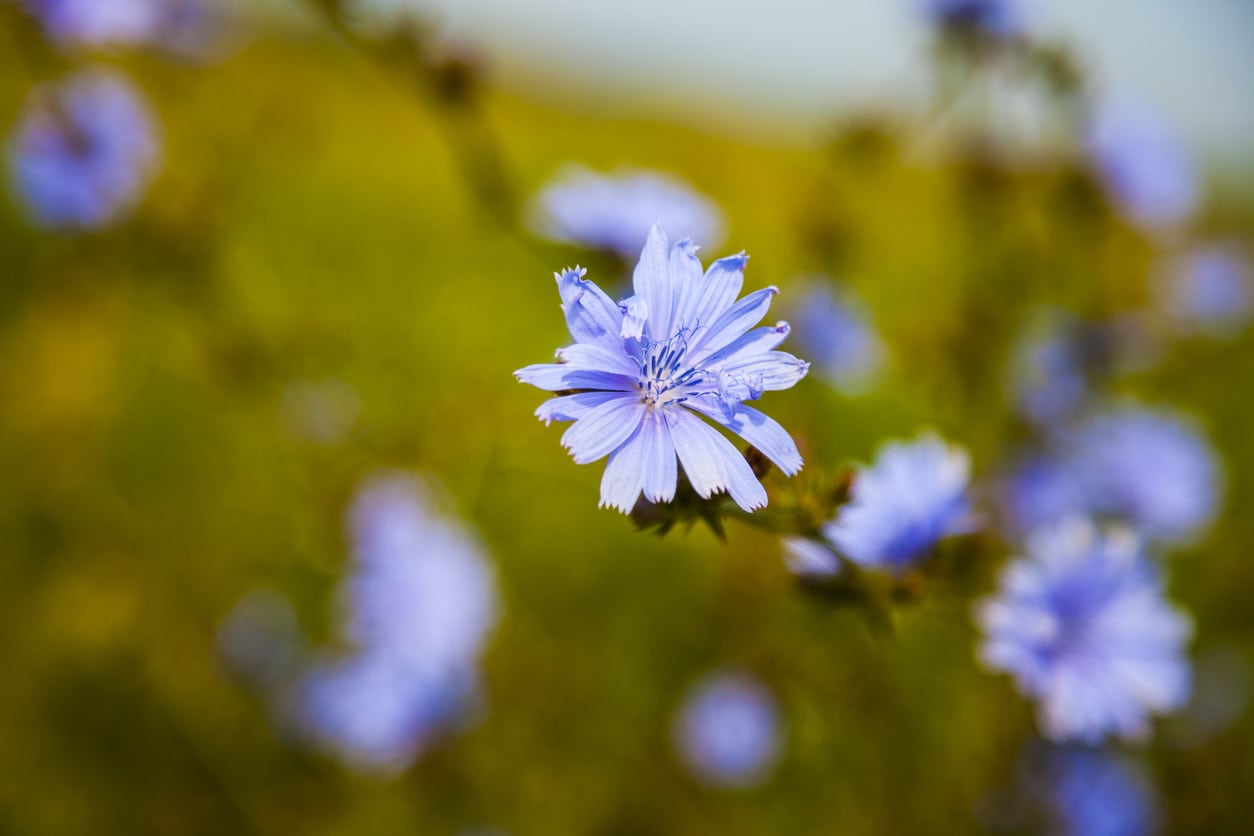 Types Of Chicory – Chicory Plant Varieties For Gardens
Types Of Chicory – Chicory Plant Varieties For GardensIf you decide to plant chicory in your garden, you’ll want to scope out different chicory plant varieties. Each has its own characteristics, uses, and growth requirements. Click here to learn about different chicory plants and how to choose among the many varieties of chicory.
By Teo Spengler